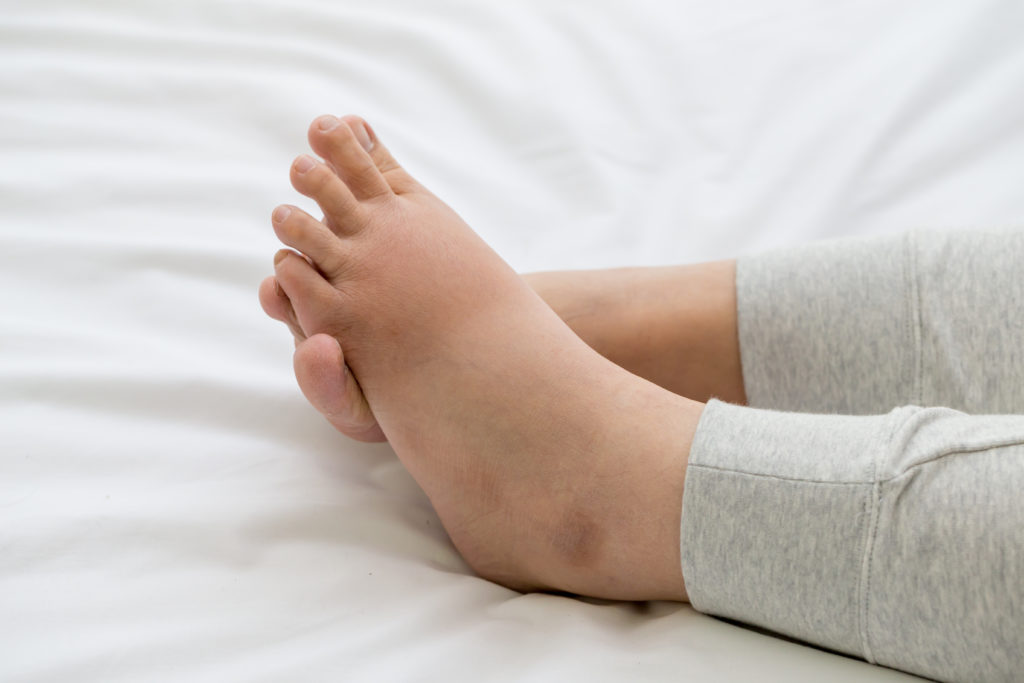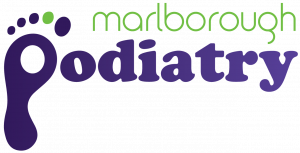Why Do My Feet Get Tired And Achy?

Approximately 60% of New Zealanders may experience foot pain at the end of their work shift – and it’s no surprise! With our feet and legs each supporting over double our body weight when walking alone, that’s a lot of stress and strain on the individual joints, muscles, ligaments and tendons and other tissues that keep us taking one step after the other.
If you’ve ever been a patient here at Marlborough Podiatry, you’ll know that understanding why, and teaching you the ins and outs, is a big part of our care for you. After all, when you know exactly why something is happening, you know what you can expect, and what to do to help the situation along – and not accidentally make it worse.
So today, our podiatrists have shared the nitty-gritty on what causes that end of day tiredness, and what you can do to help.
The forces through your feet and legs
Every time you take a step, many muscles are activating to create that movement. They’re being strained and stressed, but hopefully just to a point that they can safely handle. When your foot hits the ground, reaction forces are sent through your feet and legs, being absorbed by the structures in your feet. All of these forces add up, after your 10,000th step (or whatever that may be for you), the cumulative effect of the day, during which your feet and legs haven’t had a chance to properly rest, leave you with aches.
This effect is magnified by many factors
While the above can happen to anyone who is on their feet for a prolonged period, this can be exponentially magnified in those who have predisposing factors.
You may have lower muscle strength that means your tolerance for normal use before pain is lower. Your foot posture, like having flat feet, may be overworking certain muscles and ligaments past their upper limit much faster. Your footwear may be changing your gait pattern and leading to faster overuse. Tight muscles are the same – for example, when you have a tight Achilles tendon, your heel tends to lift off the ground earlier (due to the tight pull from the Achilles), meaning that with every step, you spend more time on your forefoot – which places more pressure on the structures of the forefoot. Hello, achy feet!
Our jobs also play a large role – those that are spending their days going up and down ladders are much more likely to develop foot and leg pain faster than those that sit with occasional standing/walking, or primarily walk for their work.
So what can you do for tired, achy legs at work or at home?
Foot and leg aches aren’t just a problem at work, but very much at home, too. Many mums spend their days running around after their kids, taking on much more weight and pressure on their feet from holding their babies all day, and the like.
The first step is identifying what is happening in your feet and legs to cause the aches. This is something that our podiatrists excel in here at Marlborough Podiatry. We perform a comprehensive biomechanical assessment to figure exactly what is happening with your feet and legs and the structures being affected.
Let’s take your Achilles tendon again as an example. If you’re finding you’re getting aches at the back of your heel and in legs at your calves, and perhaps at the big toe joint, then it’s likely your Achilles tendon is being overused throughout the day. Our assessment may reveal movement restrictions and tightness in your Achilles tendon. Then, our gait assessment may show that when you’re lifting your heel early due to your tight Achilles tendon, your pronated (flat) foot posture is causing you to roll more onto your big toe and have more time and pressure there, leading to your foot pain.
Our biomechanical assessments are a great way to identify and explain exactly what’s happening – and show you too as we video record your gait assessment and play it back! We’ll also look at your joint and muscle strength and flexibility, your foot posture, the way you walk (and run if relevant), and much more.
What next?
After we both know what is happening and why, we make a treatment plan to help solve the problem. For the example above, we may prescribe a tailored stretching program (completely unique based on the extent of the tightness and movement restrictions) paired with custom foot orthotics to support your pronated foot and promote better movement that reduces the pressure and stress at the big toe joint to a healthier range.
We ensure that your care is in line with the demands of your job, and makes life easier for you – not harder! Our goal is always to have you walking without pain during the day, and to prevent your aches at the end of the day.
I want to walk without pain!
We want this for you too! If you’re ready to feel great on your feet again and get rid of those aches and pains, give our team of podiatrists a call on (03) 972 2927 or you can book online here.
